Primare I22 Integrated and and CD22 CD player- £1,250 ea
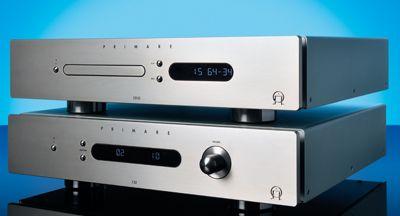
Primare doesn’t launch new products every day, so we were excited to be offered the first chance to try these newcomers. Replacing the CD21 and I21, they are the company’s budget models, though obviously that’s a relative term. Still, £1,250 is a keen price although we can’t think of much hi-fi that looks this impressive for that kind of sum. The sound’s the thing, of course, but there’s also no denying that visually, these units just ooze class.
That’s partly due to clever design that shares as much hardware as possible with other models. The basic chassis is common to several Primare products and is based on thick steel sheet – you could probably stand on these without leaving a mark. The front panel is satin-finish aluminium, thick and very well made, complete with etched logo and very well finished display windows, plus a volume knob that feels particularly solid and businesslike.
There’s a pleasing simplicity to the front panel design, too, or at least visually pleasing: we’re going to have to repeat a mild, but heartfelt rebuke we’ve issued to Primare in the past concerning operation of the CD player, as we would really like just a few more functions to be available from the front panel. In addition, since one’s reliance on the remote control is increased, one is more likely to notice that it’s not quite the remote one would wish to accompany such attractive hardware. It does everything, of course (controlling a complete Primare system if you’ve got one), but it just looks a bit, well, cheap and cheerful. End of complaint – one can’t have everything!
The CD22 is a conventional beast underneath its top cover, with an audio CD transport (not a CD-ROM one – luckily, those slow, noisy things seem to have fallen out of favour almost everywhere), a control board, a linear power supply with an R-core transformer and a dedicated D-A and audio output board. This last carries most of the mission-critical stuff, including the DAC chip and the upsampling chip or Asynchronous Sample Rate Convertor (ASRC).
Upsampling flexibilityIt’s not at all unusual to fi nd an ASRC in a CD player, where they are used both for their digital filtering (upsampling) and jitter-reduction properties, but Primare has applied an unusual twist here in offering various upsampling options: none, 48kHz, 96kHz and 192kHz. If ‘none’ is selected there is still digital filtering applied by the DAC, though its precise characteristics are noticeably different from those of the ASRC.
The really unusual feature is the option of 48kHz upsampling, which most manufacturers evidently regard as not worth bothering with. There’s no obvious reason why not, though, and although the response in this mode is very similar indeed to that for 96kHz or 192kHz upsampling it’s not absolutely identical and it’s perfectly possible that sound will differ a little.
For the rest, features are a largely standard set. The player will read data discs with MP3 and WMA files on them and also features a USB-A socket at the rear for USB sticks with the same formats of files. There are digital outputs (electrical and optical) and a dimmable display. Everything is very well assembled, but nothing out of the ordinary.
The switch routineThe I22 is rather less traditional, mainly because of its employment of Class D for the power amplification. In fact, Primare has gone to town on this and developed its own Class D amplifier circuit, something relatively few hi-fi specialists have done as there are some very decent preassembled modules available.
Primare’s ‘Ultra-Fast Power Device’ circuit reckons to improve on these, not least through the implications of the ‘ultra-fast’ bit. The claimed ‘instantaneous’ rise time of the circuit may be physically impossible, but it’s a well-established fact that switching power amps work better if they can switch faster and Primare has evidently put some work into achieving exactly that.
The other feature that makes this circuit work well is the way the output filter has been integrated into the design, rather than being a separate module added on after the amp proper was signed off as a design. To be fair, some other current designs do this, but it was not always thus and poorly executed output filters probably had a lot to do with the dodgy reputation enjoyed by Class D in its early days. Primare explains that the way the amplifier and filter have been designed together means that feedback around the circuit is constant over the audio band, a highly desirable state-ofaffairs in any amplifier circuit and generally quite tricky to arrange.
Switching technology is also used in the power supply for the I22, which is a switch-mode type. Again, these have been accused of causing all sorts of problems because the noise they inject into the mains wiring, but it ain’t necessarily so; and it’s hardly as if conventional transformer-based supplies are blameless either. This supply circuit benefits from ‘power factor correction’, which to some extent alleviates the noise and makes the amp a much friendlier load on the mains supply.
Input provision on the standard I22 is modest at just four, all unbalanced analogue. However, an optional module is available that adds three digital inputs, one each electrical, optical and USB, making this a rather well-connected amp. Usefully, the USB input is ‘isochronous’, in other words it’s one of the modern breed that tells the computer how fast to send data, completely avoiding the need for it to synchronise to the incoming data stream and removing at a stroke the main source of jitter in USB digital audio streaming. It handles sampling rates up to 96kHz and word lengths up to 24 bits, so it’s a genuinely audiophile component.
Both I22 and CD22 are well built, neatly assembled on multiple circuit boards with good-quality components but no fancy ‘boutique’ parts. Socketry is decent rather than outstanding.
Matched to perfectionObviously, we were inclined to keep the two units together for most of our listening sessions and we had no reason to regret that. They seem very well matched in practically every respect and the sounds they made individually, when heard through familiar reference kit, had more than a hint of family likeness. In other words, you can safely assume that the following comments apply not only to the combination, but also to each component on its own, unless specified otherwise.
One’s fi rst impression of this pair is of good energy. It’s not the last word in liveliness, and some may regret that, but there is a such a thing as too much energy in an honest sound-reproduction system (we’ve all heard systems that border on the simply manic) and Primare has stopped well short of crossing the line into that territory. What you get is a lively rendition with clearly defined rhythm in all its constituent elements, but no sense that the music is in danger of rushing away.
A question of balanceAt the same time, the more subtle aspects of sound such as detail and imaging are very well attended to. Indeed, we’d go so far as to say that we’ve seldom heard energy and detail so well balanced in an affordable system.
We were particularly aware of this neat balancing trick when listening to a recently bought CD, of the Canadian piano virtuoso Marc-André Hamelin playing some of his own compositions. He plays so many notes per second that it’s quite a tall order for a hi-fi system to reproduce them all clearly and we’ve heard one or two that manage that, but lose the overall shape of the music. In this case, however, we were able to hear with great precision, not only which notes were going down, but where the general progression was leading and what the piano itself sounded like.
In similar vein, a couple of very familiar rock recordings seemed unusually clear, both as regards the drum kit underlay and the sense of the lyrics. The songs really seemed to have purpose and direction, while the way the structure had been built up vertically was also beautifully clear.
So with all this praise floating about, is there also a downside? Well, although the balance of both units seems exemplary across the midrange, there’s a hint of dryness in the high treble that just slightly detracts from the sweetness of well-recorded high frequencies. In addition (and this applies principally to the I22), the bass isn’t always quite as extended as some. We recalled some truly seismic bass from the I32, though in the company of its peers the I22 is hardly bass-shy. Imaging depth isn’t quite the best ever, but again for the price it’s really very fine. Which could stand as a summary of both units, really!
LIKE: Energetic, no loss of precision and environmentally engaging
DISLIKE: Bass doesn’t quite have the reach of some; images could use a little more depth
WE SAY: An attractive unit with more than a hint of the true high end
PRODUCT:
Primare CD22
and I22
ORIGIN:
Sweden
TYPE:
CD player/integrated
amplifier
DIMENSIONS:
(WxHxD) Both
430x106x375mm
WEIGHT:
(CD22) 10.5kg/
(I22) 10.0kg
FEATURES:
• CD22: Single
unbalanced output
• Electrical and
optical digital
outputs
• USB-A input
• Plays MP3 and
WMA files from
CD-ROM or USB
•I22: Single
loudspeaker output
Four line inputs
• Optional digital
input board -
electrical. optical
and USB inputs
• Preamp and
recording line
outputs
• DAC board (£340)
DISTRIBUTOR:
Karma AV
TELEPHONE:
01423 358846
WEBSITE:
primare.net
 |
Inside this month's issue: Arcam Radia A25 integrated amp, iFi Audio iDSD Diablo 2 DAC/headphone amp, Eversolo DMP-A8 streamer/DAC/preamp, Line Magnetic LM-845IA valve amp, Record Store Day Spring Drop, standmount loudspeaker Group Test and much, much more
|

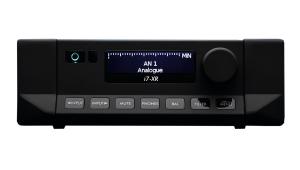
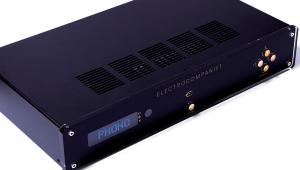

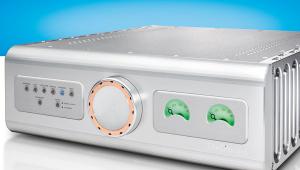
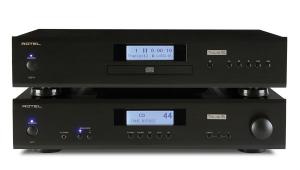
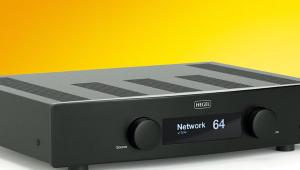
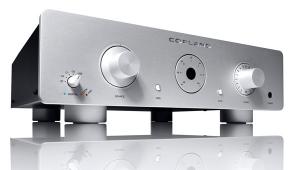




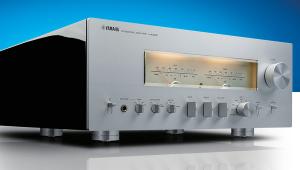
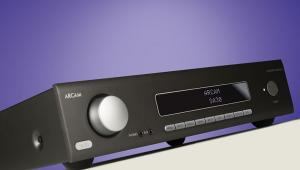

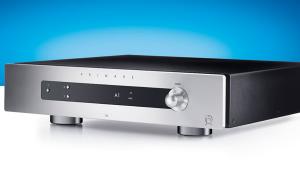
































.jpg)



